PPT-Interventions to Increase Attendance
Author : sherrill-nordquist | Published Date : 2020-01-07
Interventions to Increase Attendance Why Focus on Attendance High numbers of school absence are An early warning sign of potential dropouts Predictive of academic
Presentation Embed Code
Download Presentation
Download Presentation The PPT/PDF document "Interventions to Increase Attendance" is the property of its rightful owner. Permission is granted to download and print the materials on this website for personal, non-commercial use only, and to display it on your personal computer provided you do not modify the materials and that you retain all copyright notices contained in the materials. By downloading content from our website, you accept the terms of this agreement.
Interventions to Increase Attendance: Transcript
Download Rules Of Document
"Interventions to Increase Attendance"The content belongs to its owner. You may download and print it for personal use, without modification, and keep all copyright notices. By downloading, you agree to these terms.
Related Documents

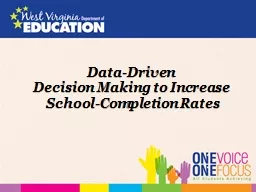
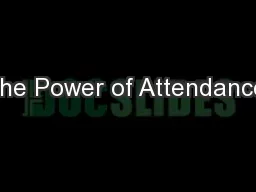

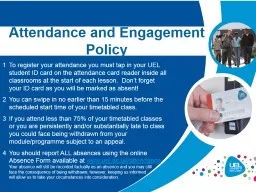

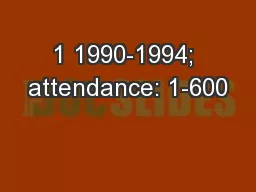
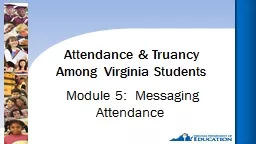


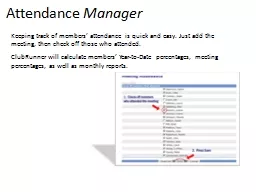
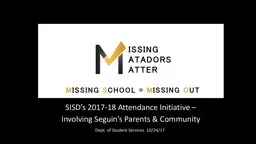
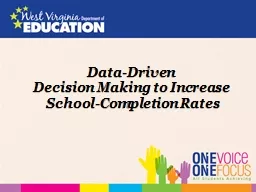
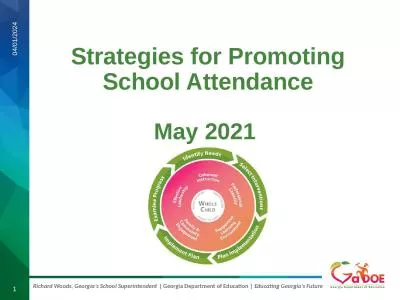
![[EBOOK] Attendance Book For Teachers: Teacher Attendance Book / Attendance And Grade Book](https://thumbs.docslides.com/1008483/ebook-attendance-book-for-teachers-teacher-attendance-book-attendance-and-grade-book-attendance-book-for-homeschool-school-attendance-record-book-books-for-teachers-school-attendance-book.jpg)